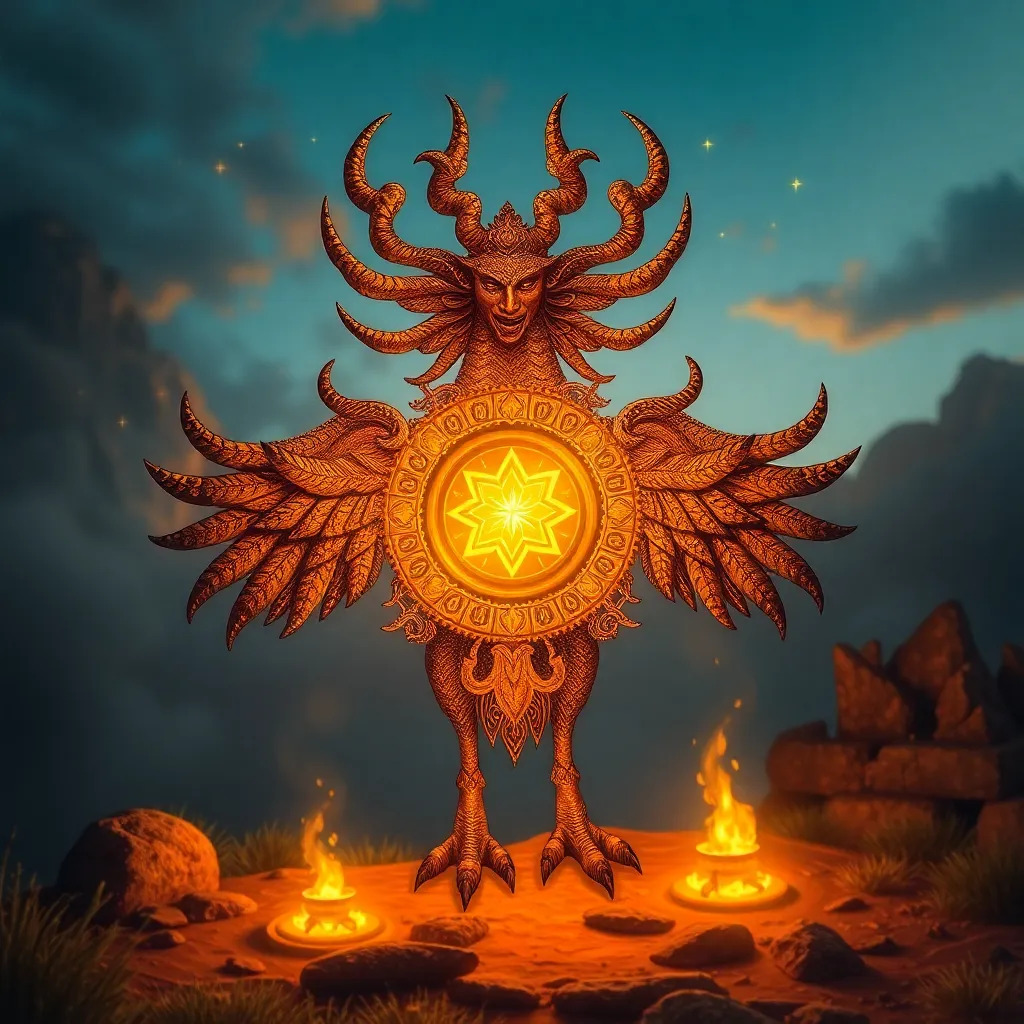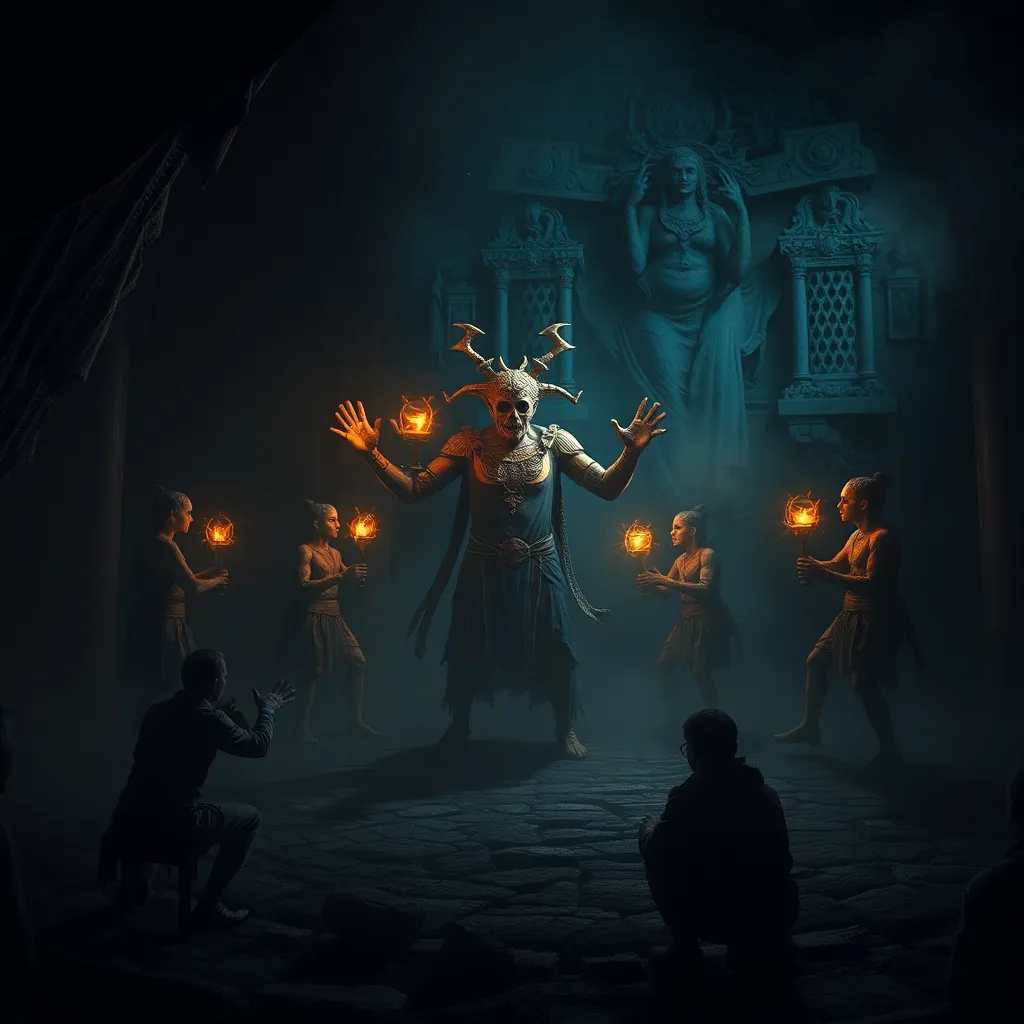Stolen Skins and Broken Hearts: Unveiling the Selkie’s Tragic Love Stories
I. Introduction
Selkie mythology, steeped in the rich folklore of the coastal regions of Ireland, Scotland, and Norse traditions, tells tales of beings who can transform from seals into humans. These enchanting narratives often explore profound themes of love, loss, and identity, reflecting the complexities of human relationships and the longing for belonging. This article aims to delve into the tragic love stories of Selkies, shedding light on their heart-wrenching experiences and the deeper meanings behind their tales.
II. The Mythology of Selkies
A. Definition and characteristics of Selkies
Selkies are mythical creatures that possess the ability to shift between the form of a seal and that of a human. In their seal form, they inhabit the ocean, while their human form allows them to interact with the world of humans, often leading to poignant love stories. Selkies are typically depicted as beautiful and alluring, with an inherent connection to the sea.
B. Cultural origins: Selkie tales in Irish, Scottish, and Norse folklore
The tales of Selkies originate primarily from the coastal folklore of Scotland and Ireland, although Norse mythology also features similar shape-shifting beings. Each culture presents its unique variations of the Selkie myth, yet they all share common threads of transformation and love.
C. The symbolism of the seal skin and its connection to human emotions
The seal skin is a potent symbol in Selkie mythology. It represents both freedom and entrapment. The act of shedding the skin allows Selkies to experience human emotions, relationships, and joys, but it also signifies vulnerability. The loss of their skin often leads to heartache and longing, mirroring the human experience of love and loss.
III. The Enchantment of Transformation
A. The dual existence of Selkies: seal and human
Selkies embody a dual existence, residing in two worlds: the ocean and the human realm. This duality enriches their stories, highlighting the tension between their innate nature and the desires they encounter as humans.
B. The act of shedding and donning the skin
The transformation process is central to Selkie mythology. When Selkies shed their skins, they gain the ability to walk on land, experience love, and engage with humanity. However, this act is not without its consequences, as the return to their true form often leads to sorrow.
C. Consequences of transformation: longing and belonging
The act of transformation brings about a deep sense of longing. Selkies often yearn for the ocean as much as they desire human companionship, leading to a perpetual struggle for belonging. This theme resonates throughout their stories, as they navigate the complexities of love and identity.
IV. Love and Loss: Common Themes in Selkie Stories
A. The allure of human relationships and the inevitable heartache
Selkie tales often explore the irresistible pull of human relationships. The beauty and allure of love are juxtaposed with the inevitable heartache that follows when love is unreciprocated or lost. This tension creates poignant narratives that resonate with deep emotional truths.
B. Case studies of famous Selkie love stories
- “The Selkie Wife”: In this tale, a fisherman discovers a Selkie woman on the shore. Captivated by her beauty, he steals her skin to prevent her from returning to the sea. They marry and have children, but the Selkie’s longing for the ocean ultimately leads to her tragic return to the sea, leaving the fisherman heartbroken.
- “The Fisherman and the Selkie”: This story tells of a fisherman who falls in love with a Selkie after finding her skin. Over time, their love deepens, but the fisherman’s greed and desire to possess her lead to a tragic separation, illustrating the consequences of selfishness in love.
C. Emotional toll on Selkies when love is unreciprocated or lost
The emotional toll on Selkies is profound when love is unreciprocated or when they are forced to choose between their human lives and their true nature. These stories serve as reminders of the pain that often accompanies love, underscoring the delicate balance between desire and identity.
V. The Role of Human Desire and Greed
A. The impact of human actions on Selkie fate
Human desire and greed play pivotal roles in the fate of Selkies. Often, it is the actions of humans—be it stealing a Selkie’s skin or attempting to possess them—that lead to heart-wrenching consequences. These tales caution against the dangers of selfishness and the objectification of love.
B. Themes of possession and the ethics of love
Selkie stories raise important questions about possession and the ethics of love. Can love truly exist when one party seeks to possess the other? The tragic outcomes in Selkie narratives often illustrate the futility and destructiveness of such desires.
C. How greed leads to the tragedy of lost love
Greed is a recurring theme in Selkie tales, often leading to devastating outcomes. The desire to possess a Selkie’s beauty and companionship ultimately results in loss, reinforcing the idea that true love cannot be claimed or owned.
VI. Selkies as Metaphors for Displacement and Identity
A. Exploration of identity struggles in Selkie narratives
Selkie stories serve as powerful metaphors for displacement and identity struggles. The journey between the sea and land reflects the challenges many face in reconciling different aspects of their identities.
B. Connections to real-world issues of belonging and cultural displacement
In a broader context, Selkie tales resonate with contemporary issues of belonging and cultural displacement. Just as Selkies grapple with their dual identities, many individuals today navigate the complexities of cultural heritage and personal identity.
C. The significance of returning to the sea
The act of returning to the sea symbolizes a return to one’s true self. For Selkies, the ocean represents freedom and authenticity, serving as a reminder of the importance of embracing one’s identity.
VII. Contemporary Interpretations and Adaptations
A. Modern retellings of Selkie stories in literature and media
In recent years, Selkie stories have been reimagined and adapted in various forms of literature, film, and art. These contemporary interpretations often explore new dimensions of the Selkie myth, bringing fresh perspectives to age-old themes.
B. Analysis of how contemporary society views Selkie mythology
Today, Selkie mythology is viewed through a lens that embraces both its enchanting and tragic elements. Modern audiences resonate with the stories’ exploration of love, loss, and the search for identity, making them relevant in today’s cultural landscape.
C. The enduring appeal of Selkie tales in popular culture
The enduring appeal of Selkie tales lies in their deep emotional resonance. The themes of transformation, love, and longing continue to captivate audiences, ensuring that these stories remain a vital part of cultural folklore.
VIII. Conclusion
The legacy of Selkie love stories endures across generations, offering timeless insights into the human experience. Their narratives encapsulate universal themes of love, loss, and the quest for identity, reminding us of the complexities of human relationships. As we continue to explore and preserve these folklore tales, we not only honor the rich cultural heritage they represent but also acknowledge the enduring truths they convey about the human heart.




